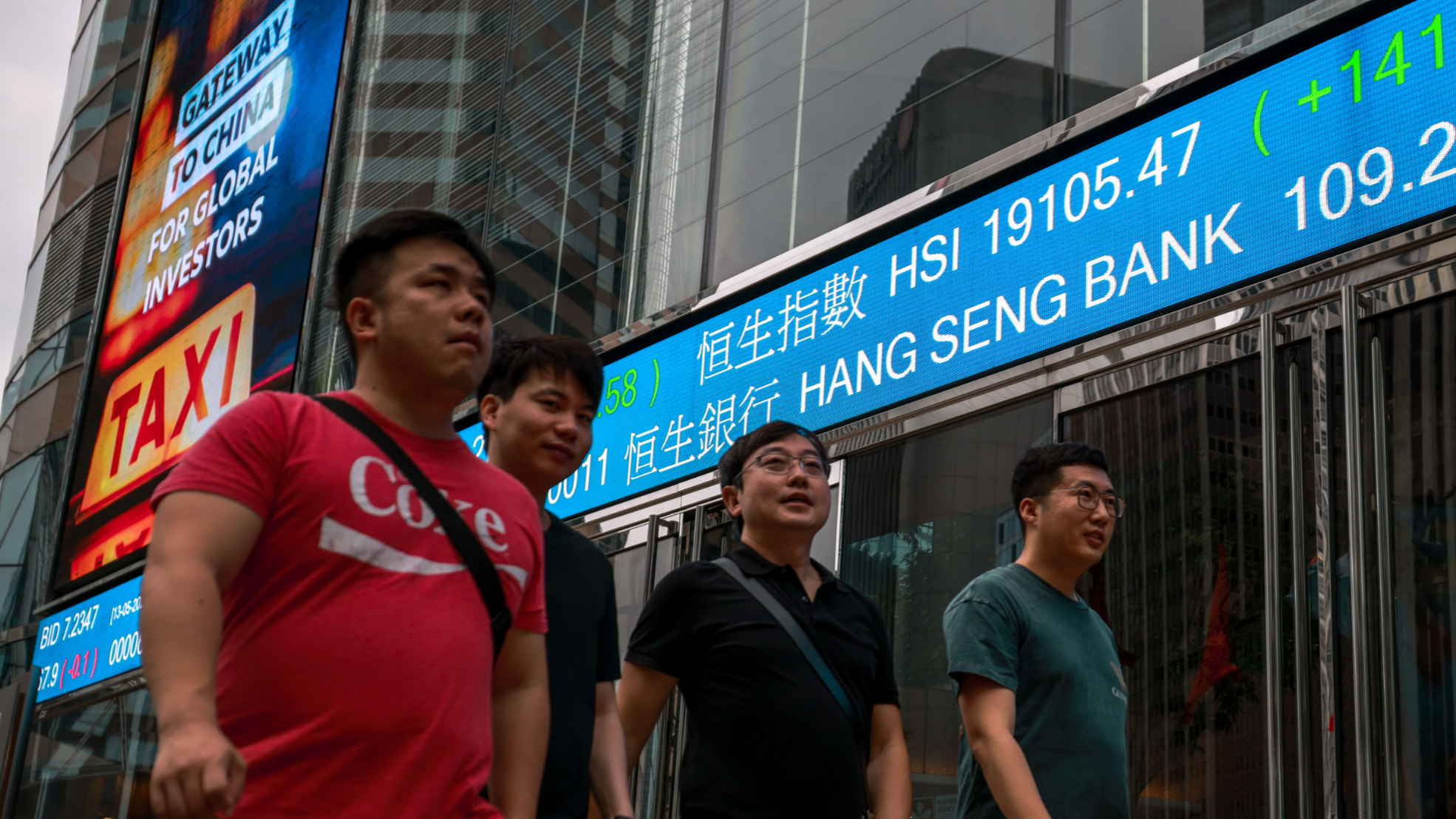- Second community lounge opens for grassroots
- E-platform to enhance GBA collaboration in dispute resolution
- HK stocks rally on more short-selling curbs ahead of Third Plenum
- Over 100,000 HK professionals to join child abuse reporting network
- Fidelity International favors global equities over global funds

A soft landing for the global economy, a stabilizing economy on the Chinese mainland, and solid economic fundamentals continue to support an overweighting in risky assets in the second half of this year, Fidelity International said.
Buoyed by solid fundamentals and positive company earnings, the UK-based fund manager said the Hong Kong Mandatory Provident Fund program recorded a strong performance in the first half of this year, with US equities being the best-performing asset class with a 13.7 percent return rate.
At the same time, global bonds were the poorest-performing asset class with a negative return rate of 3.2 percent. The average MPF total return rate was 4.9 percent during the same period.
Fidelity International is less bullish on global bonds as an asset class in terms of diversifying portfolio returns in the second half of this year, given that global interest rates remain highly volatile and are positively correlated with equity risk
Terrence Kan, client portfolio strategist at Fidelity International, said that the fund manager continues to back global equities heavily, particularly shares in the US, Japan and other Asia-Pacific markets. However, the fund manager is less bullish on global bonds as an asset class in terms of diversifying portfolio returns in the second half of this year, given that global interest rates remain highly volatile and are positively correlated with equity risk.
For US equities, technology companies’ earnings momentum can still support US equities valuations, though currently not cheap. “We are closely watching developments in the US presidential election, to be held in November, as it is the primary source of uncertainty and can affect the overall stance of fiscal policy,” Kan said.
ALSO READ: Global reserve managers upbeat on growth but worry about politics
Structural tailwinds from corporate reforms and fiscal consolidation are driving the Japanese and Indian markets respectively, while technology innovation and the semiconductor upcycle bode well for the stock market prospects of South Korea and Taiwan.
Kan, however, is more cautious about the performance of the Hong Kong market and the mainland A-shares market in the second half of the year. Investor confidence is still weak, and there are concerns about the growth sustainability in sectors such as credit, retail, and fixed investment on the mainland.

“I expect the market will gauge whether corporate profits will improve and whether there will be policy support from the third plenary session of the 20th Communist Party of China Central Committee, which is scheduled to be held from July 15 to 18. Investors will gauge the considerations of relative valuations, earnings delivery and dividend returns to determine whether to go overweight in the Hong Kong market and mainland A-shares market,” Kan explained.
“For the Hang Seng Index, the forward price-to-earnings ratio is cheaper than the CSI 300 (an index gauge of the mainland A-shares market), and the HSI dividend yield is also higher than CSI 300, but the earnings per share of CSI 300 is much higher than the HSI,” Kan said.
READ MORE: HK stocks rebound on mainland’s potential market reforms
As of the end of June, the city’s benchmark index HSI was up 4.1 percent from the end of December. The index plummeted nearly 14 percent in 2023.


